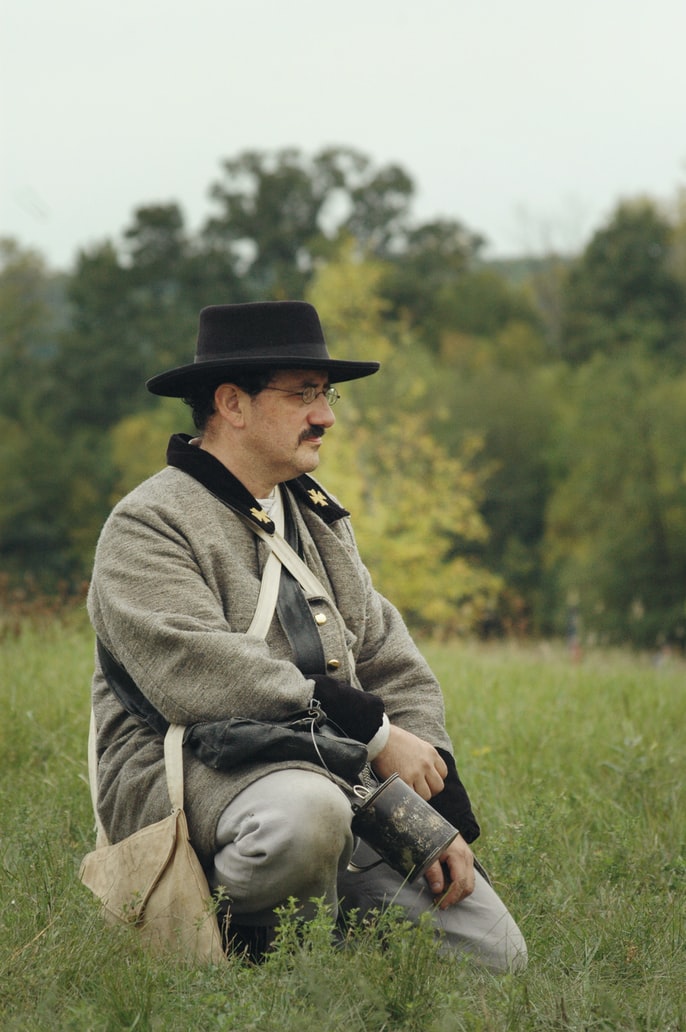Be a part of history's next chapter
It is because of our members that we can tell stories about our collective past, present, and future.



Grant's Campaign Across the Plains
Grant's army embarked on the Overland Campaign with the goal of luring Lee to Richmond, where they would make an attempt to corner and defeat the Confederate army. The Union force first tried to get around Lee and engaged in various battles, including the Wilderness Spotsylvania Cold Harbor. Lee's Confederates were repeatedly driven back by these encounters, which resulted in massive casualties for both sides. The Confederates suffered a heavy defeat at the Battle of Yellow Tavern when Jeb Stuart was killed.
The Union suffered defeats
Butler was unable to outflank Lee from the south, as he was caught in the Bermuda Hundred river bend. The Union suffered defeats in each engagement, but unlike previous commanders, Grant refused to give up the fight and instead persisted until victory was achieved. Despite Lee's tenacity, Grant had the Army of Northern Virginia pinned down in the vicinity of Richmond. Meanwhile, Grant was ready to cross the James River into Virginia and begin the nine-month-long Siege of Petersburg, where the two forces fought in trench warfare.
Historic fortification
Charleston, South Carolina's waterfront is home to the historic fortification of Fort Sumter. The garrison had recently relocated to avoid clashes with the city's militias. Lieutenant-General Abraham Lincoln instructed the ship's commander, Major Robert Anderson, to remain in place until he was attacked. The fort was ordered to be surrendered by Confederate President Jefferson Davis. Confederate President Davis authorized the attack on Anderson's fort before a relief expedition could reach after Anderson had given a conditional reply that the government had rejected.
Variant 1
The American Civil War
there was a significant economic divide between the northern and southern regions of the country.

Economic divide
While the United States was enjoying rapid growth in the mid-19th century, there was a significant economic divide between the northern and southern regions of the country. Small-scale farms predominated in the North, whereas large-scale farming in the South relied on the labor of Black enslaved people to grow certain crops, particularly cotton and tobacco. The North's economy was built on manufacturing and industry, while agriculture was primarily confined to small farms.

Growing abolitionist
Southerners worried about the future of slavery because of growing abolitionist sentiment in the North after the 1830s and opposition to slavery's expansion into the new western territories. Slavery was officially legalized in all new territories through the Kansas-Nebraska Act of 1854, which established popular sovereignty over Congressional mandate. In " Bleeding Kansas ", pro- and anti-slavery forces engaged in bloody combat, while in the North, opposition to the practice led to the founding of the Republican Party, a new political body built on the concept of opposing slavery's expansion into the West.

"Peculiar institution"
Even after abolitionist John Brown's Harper's Ferry raid in 1859 convinced more southerners that their northern neighbors were determined to destroy the "peculiar institution" that had sustained them after the Supreme Court's Dred Scott ruling in 1857 confirmed the legality of slavery in the territories. Within three months after the election of Abraham Lincoln in November 1860 –South Carolina Mississippi Florida Alabama Georgia Louisiana Texas –seven southern states had seceded from the United States.
